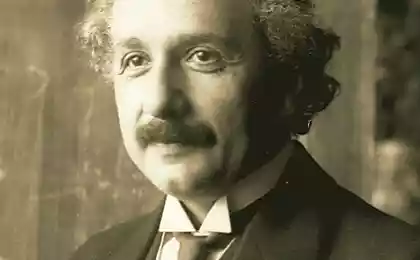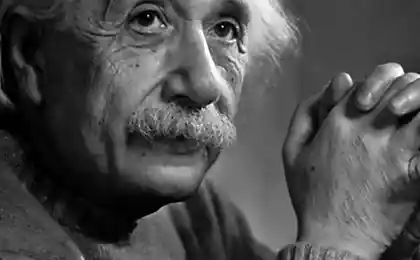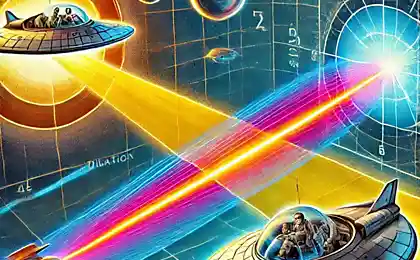660
The General theory of relativity this year marks 100 years
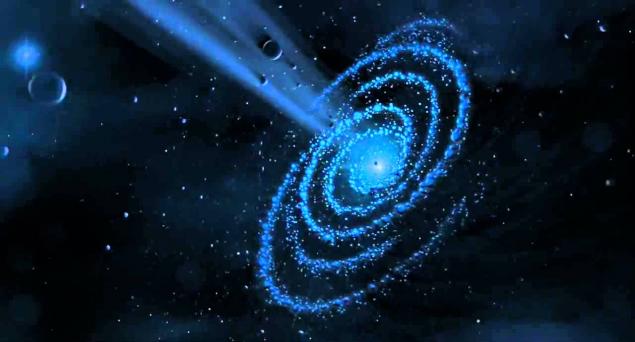
The famous General theory of relativity this year marks 100 years, and it remains the fundamental basis of physics and astronomy. This theory Einstein published in 1915, and she lay a cornerstone in the Foundation of the understanding of scientists of the origin and evolution of the Universe. She still inspires scientists around the world in search of answers to the curious questions of physics and astronomy, which remain unanswered.
The General theory of relativity "now, I think, is based on descriptions of the Universe as a whole, that is the basis of cosmology; it describes black holes, neutron stars, small adjustments to the orbits of planets and satellites in our own Solar system," says Roger Blandford from the Institute of particle astrophysics and cosmology Kavli at Stanford University.
Nature gravitational theory about adds gravity to the special theory of relativity, which Einstein published in 1905. Special relativity says that the laws of physics are the same for all stationary observers and that the speed of light in vacuum does not change even if the observer or the light source is in motion.
The special theory of relativity explains the relationship between energy and mass is known by the equation E = mc^2 where E is energy, m is mass, and c is the speed of light in vacuum (about 1.08 billion kilometers per hour). This theory also unifies space and time into four-dimensional space-time.
General relativity extends this last idea, explaining that the matter bends space-time like a heavy ball creates a depression on a soft surface. This is an important and monumental insight into the nature of space came to Einstein immediately; it came to him after ten years of hard and heavy mental work.
"He had to move forward. He suggested ideas which later he refused. But continued to move forward, " Blandford said Space.com. — He was guided not by mathematical ideas or mathematical techniques. First and foremost it led to physical intuition; this extraordinarily powerful physical intuition very well served him in the past."
General relativity describes gravity not as an innate force acting on the objects, and as a result the curvature of space-time. (Imagine how the ball rolls on an inclined surface created by the ball lying on a soft bed).
It was a powerful and radical idea — and it became a subject of attention for a hundred years.
Confirmation from all parties
General relativity predicts that light will choose a crooked path, bending around a massive object like galactic clusters, which will significantly affect the space-time.
This effect astronomers observed experimentally; moreover, astronomers use gravitational lenses to study the distant light sources. In fact, on a smaller scale this phenomenon is even helping to look for planets outside the Solar system. (Exoplanets can be detected by how their home stars bend light from background objects).
The peculiarities of mercury's orbit around the Sun also confirm the General theory of relativity.
"It explains the anomalous precession of mercury's perihelion, or rotation of the line connecting the Sun with the point of closest approach to the planet, wrote Written the article Science. — Einstein used General relativity to explain the 10% discrepancy in precession, attributing it to the gravitational attraction of other planets, 43 arc seconds per century".
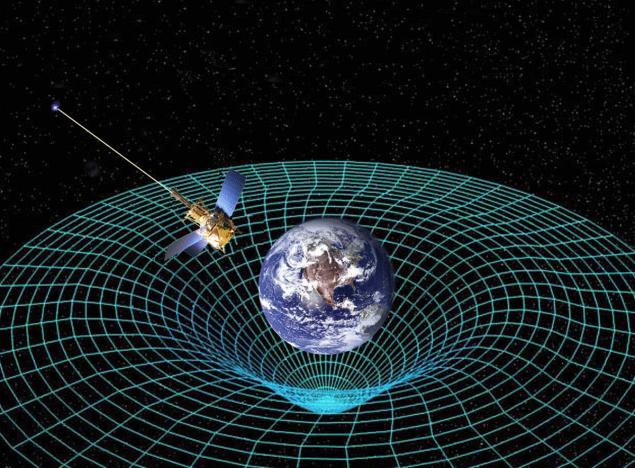
Other types of observed data also helped to put General relativity on a firm basis, says Blandford.
"We checked it many, many times, in many different ways," he says. — "I think it would be fair to say that there is no conclusive measurements or observations, which could raise doubts in General relativity".
Dark Vselennaya the theory of relativity also suggests that the vast majority of the Universe consists of things that people cannot detect directly (at this stage), and sometimes even to understand, writes David Spergel from Princeton University.
A careful study of the motion of light and matter in the Universe have shown that "normal" matter in itself cannot explain the regularity of the curvature of space-time. Indeed, observations show that only 5% of the Universe consists of familiar atomic matter, while 25% is dark matter and 70% dark energy.
Dark matter neither emits nor absorbs light, betraying its presence only by the gravitational effects. Dark energy, meanwhile, is a mysterious force that is associated with empty space and is considered to be responsible for the accelerating expansion of the Universe.
In 1917, Einstein introduced the term cosmological constant" in General relativity as a repulsive force that counteracts gravity and keeps the Universe in a static state (at the time it was the prevailing view of the nature of the Universe). After the observations of Edwin Habla in 1929 showed that our universe is in fact expanding, Einstein abandoned the cosmological constant, saying it was "the biggest mistake" of his life.
But the constant turned out to be a prophecy, because today astronomers trying to understand the nature of dark energy, which is well suited to its role.
"Why is the Universe expansion accelerating? The most possible option is the cosmological constant (or the equivalent of the vacuum energy of empty space) drives the cosmic acceleration," writes Spergel. — "Another option — developing scalar field fills the space (like the Higgs field or fields of inflation, which rapidly expanded the Universe in its early days). Both of these capabilities combines "dark energy".
"Since all evidence for dark energy using the equations of General relativity theory, it is believed that the new theory of gravitation help to explain the observations," he adds. Capabilities include modified theories of gravitation with extra dimensions".
Budushaya the theory of relativity will continue to unite the efforts of physicists, cosmologists and astronomers for a long time in the future, says Blandford.
For example, scientists will use the theory to gain a better understanding of black holes, neutron stars and other celestial bodies and phenomena. Scientists will continue to probe the nature of dark energy and dark matter, trying to understand the Universe on a massive scale.
And finally, scientists are trying to unite General relativity with quantum mechanics, to marry very large to very small. This ambitious and long-awaited "the theory of everything" continues to elude physicists, but they think it's achievable.
"There are a lot of interesting ideas. I'll be optimistic and hope that my colleagues will be able to do it."published
Source: hi-news.ru
Healthy expression of anger in a woman's life
When was the last time You confessed his love to his children

